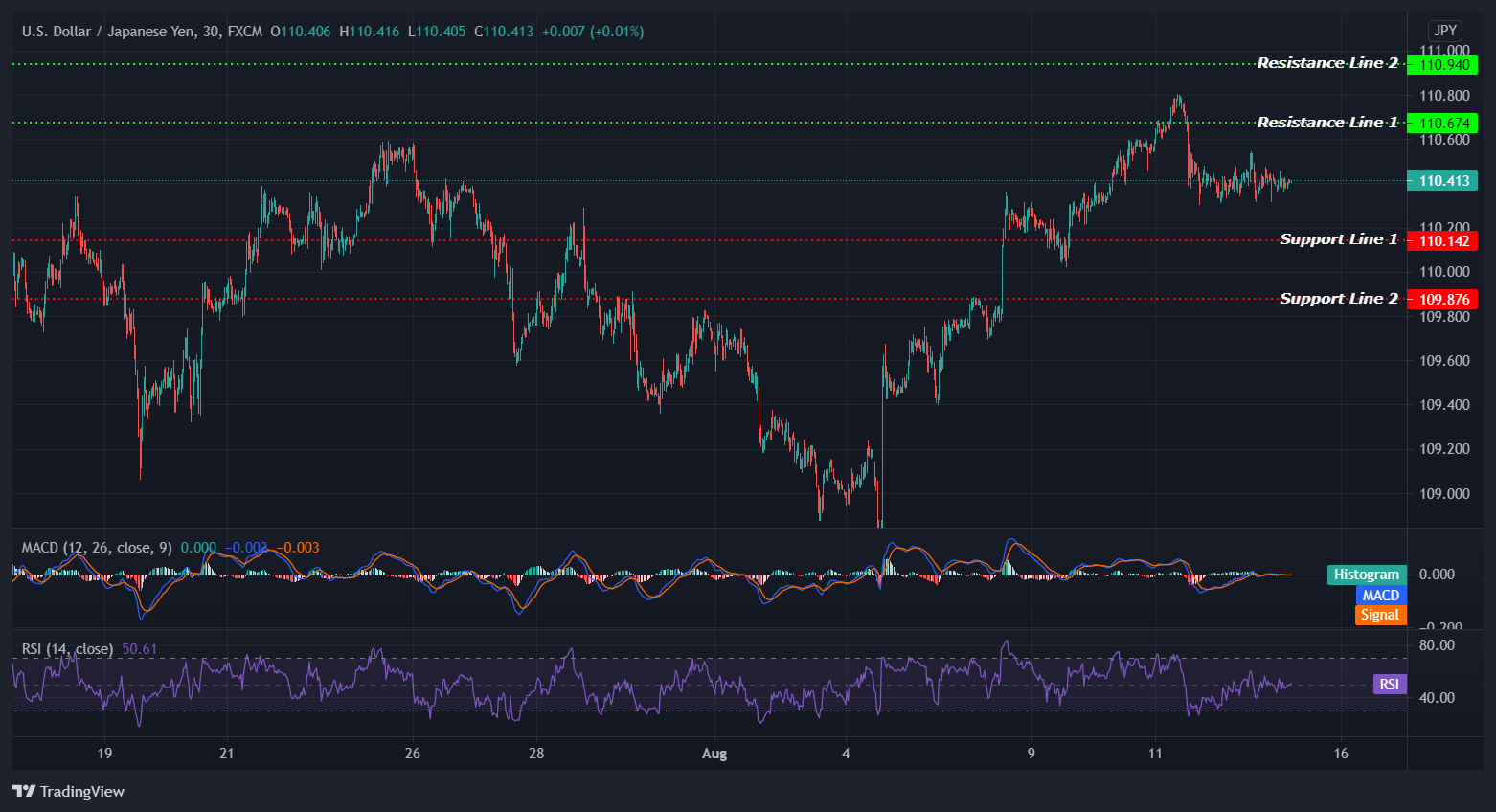EQUITIES
Asia-Pacific markets were lower on Friday trade, with the South Korean stocks leading losses. The broader KOSPI was down by 1.42%. The Shanghai composite shed 0.25%, the Hong Kong’s Hang Seng index slipped 0.70%, and the Singapore’s Straits Times index at 0.72% lower.
Elsewhere, the Australia’s S&P/ASX 200 advanced 0.46%, the S&P BSE Sensex in India gained 0.46%, and the Nikkei 225 in Japan was just above the flatline.
The Dow Jones Industrial Average and S&P 500 closed at record highs for the third consecutive day. The Dow rose 0.04%, to 35,499.85, the S&P 500 gained 0.30%, to 4,460.83 and the Nasdaq Composite added 0.35%, to 14,816.26.
European stocks had equalled their longest winning streak since 2017, closing 0.1% and extending gains for a ninth consecutive session.
OIL
Oil prices fell for a second straight day after the IEA warned that demand growth for crude and its products had slowed sharply as surging cases of COVID-19 worldwide has forced governments to revive restrictions on movement.
The Brent last traded at $70.89 per barrel, while U.S. crude futures traded at $68.63 per barrel.
Overnight, the Brent settled at $71.31 a barrel, and the WTI ends at $69.09 per barrel.
CURRENCIES
The dollar and Treasury yields held firm on Friday, building on recent strength, as the debate continued over when the Federal Reserve will start to ease stimulus.
The dollar index stood firm at 92.959, not far from Wednesday's 4-month high of 93.195 and retaining a weekly gain of 0.2%. The yield on benchmark 10-year Treasury notes was last 1.351%, little changed from its U.S. close of 1.367% on Thursday.
The greenback also strengthened against commodity-linked currencies, underpinned by recovery optimism, and easing of oil prices.
GOLD
Gold held on to overnight gains, with the spot price up fractionally at $1,755.00 an ounce having risen 1.3% in the previous session. Easing fears about higher interest rates would typically help the non-interest bearing asset. The U.S. gold futures added to $1,756.10 per ounce.
ECONOMIC OUTLOOK
Most Asian equity markets continued to trade cautiously as traders have been pointing to continued worries about the potential for new regulatory crackdowns in China and the fallout from the surging Delta variant of the coronavirus in several countries in the region.
Asian stocks had suffered more Chinese jitters overnight after state media reported online insurance companies would come under tougher regulatory scrutiny,
The number of Americans filing claims for unemployment benefits fell again last week, despite concerns about the COVID-19 Delta variant. Initial unemployment claims totalled 375,000 in the period ended Aug 7, down 12,000 from the prior week, Labor Department data showed Thursday. Continuing claims for state benefits fell to 2.9 million in the week ended July 31.
The International Energy Agency in its monthly report said the spread of the Delta variant of the coronavirus would slow the recovery of global oil demand. The rising demand for oil reversed course in July and was set to proceed more slowly for the rest of the year, after the latest wave of Covid-19 infections prompted countries to bring in restrictions again.
While in OPEC monthly report that also came out on Thursday, the Organization stuck to its prediction of a strong recovery in world oil demand in 2021 and 2022, despite concerns about the spread of the virus. OPEC agreed in July to boost output each month by 400,000 bpd versus the previous month, starting in August, until the rest of their record cuts of 10 million bpd, about 10% of world demand, made in 2020 are phased out.
TECHNICAL OUTLOOK
[USDJPY]
Important Levels to Watch for Today:
- Resistance line of 110.674 and 110.940.
- Support line of 110.142 and 109.876.
Commentary/ Reason:
The dollar changed hands at 110.413 yen, eased below a 1-month high of 110.798 set on Wednesday, while heads for around 0.2% gains for the week.
The pair hold on to gains on Friday as stronger T-note yields undercut the yen.
The U.S. PPI report meanwhile was stronger-than- expected and was hawkish for Fed policy and supportive of the dollar. Several Fed officials this week also had came out in support of tapering bond buying in coming months, setting themselves apart from the more dovish Bank of Japan.
The USD/JPY pair extended its sideways consolidative price action heading into the North American session and remained confined in a narrow trading band.
The USD/JPY pair is testing both the 110.67 price level as well as the descending trendline. Selling pressure has begun to rise as price action once again has retraced from this resistance area.















